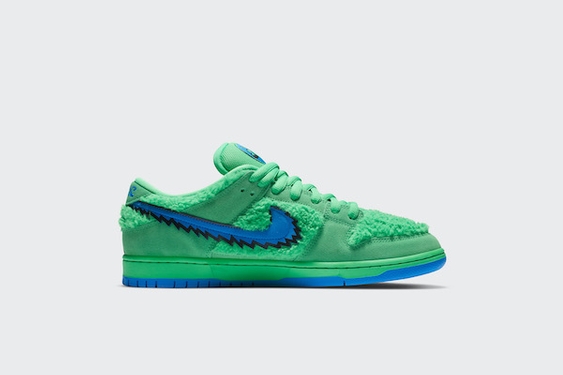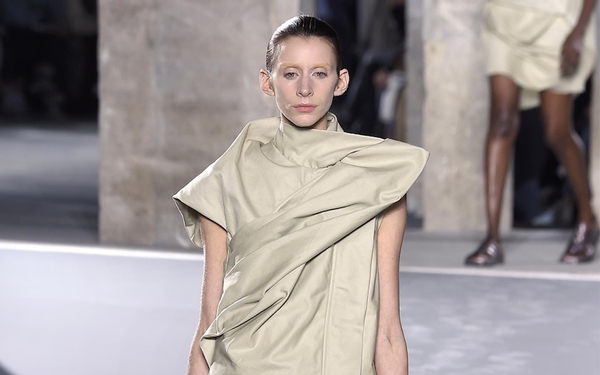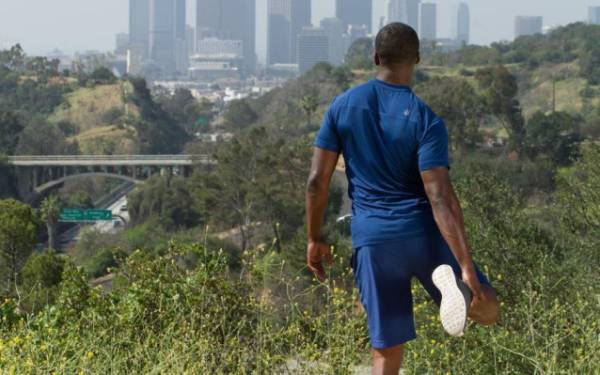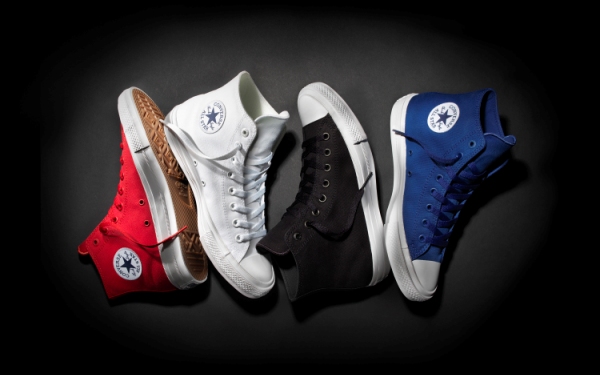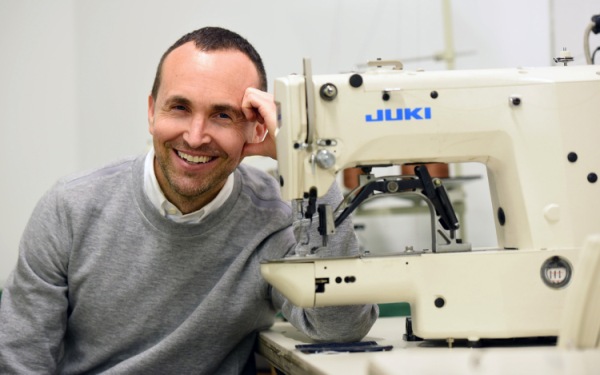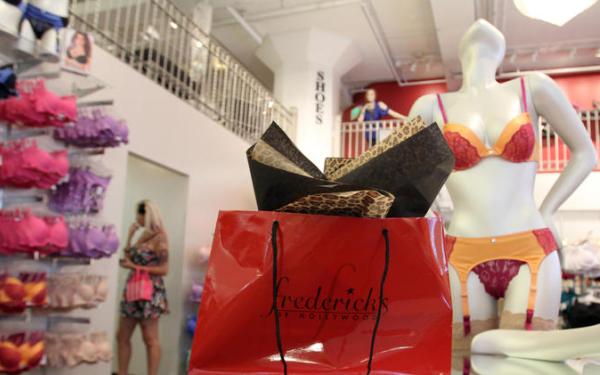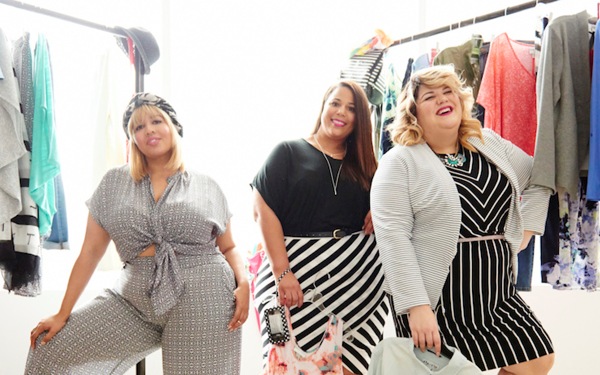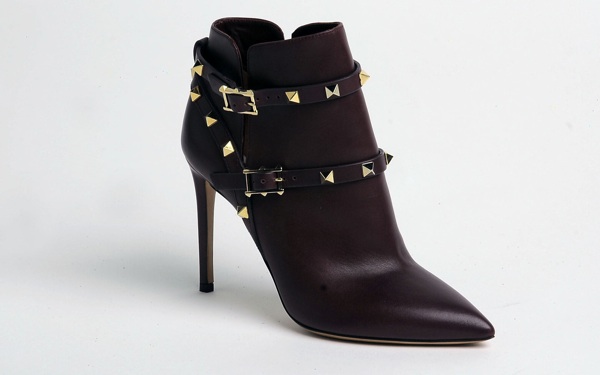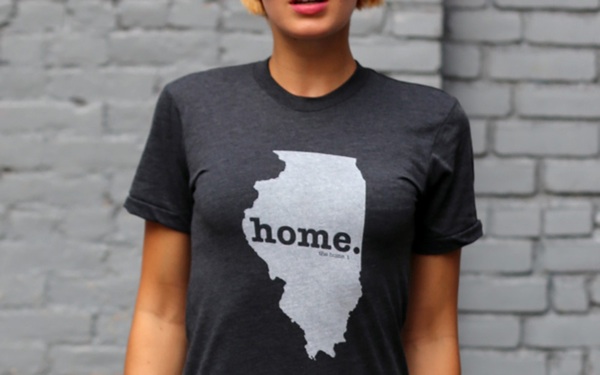He found them at a local shoe boutique – and didn't think twice about paying $150 for the purple hightops. In a bag beside him sat the white pair he had bought hours earlier.
“I only have about 20 pairs of shoes right now,” says the 21-year-old. “But I'm working on it.”
Martinez is a sneaker head, doting over rare shoes the way some covet baseball cards. Scouting for the latest versions of hot shoes from Nike, adidas or Converse, sneaker heads help create a buzz in the crowded, $20 billion athletic shoe market.
The popularity of sneaker culture spans races and incomes, drawing in a largely male population from across the globe: punk rockers, hip-hoppers and skateboarders alike. It is a renaissance of the mid-1980s, when Michael Jordan signed with Nike and his shoes were all the rage.
Forget pedestrian footwear concerns such as function; some don't even wear their shoes. Rather, sneaker heads are driven to find and collect the latest and most hip offerings, says Marshal Cohen, chief industry analyst at NPD Group in New York.
“I compare it to the woman's quest for the designer handbag,” Cohen says. “It's about the collectible, about getting the ungettable. This new generation has designated the sneaker the ultimate collectible.”
It's hard to quantify how many collectors are out there, but there are enough that a communications network – Web sites, magazines and books – has sprung up.
Niketalk.com, an unlicensed chat room, has nearly 55,000 subscribers, according to the Web site. Then there are sneaker magazines – like Sole Collector and Sneaker Freaker – that track release dates for new shoes and keep enthusiasts informed. There's even a documentary, Just for Kicks .
To keep collectors interested, shoe companies are hiring artists, animators, rappers and other figures with urban street credibility to create new looks for their shoes.
Like the Nike Dunk, a classic model sneaker, designed by venerated New York graffiti artist Stash. Collector Bryan Lorenzana, who owns a pair, says Nike made only 40 pairs, which were released at the ultra-exclusive boutique Collete in Paris.
Anton Murphy, who says he has almost 300 pairs of shoes, owns a pair of Nike Ueno Air Force Ones, released in Japan for the annual Cherry Blossom Festival. Murphy reckons he can fetch about $1,500 for them online.
Other shoe companies have adopted similar strategies.
Adidas has an all-white Stan Smith model that can be hand-colored with washable markers, while Puma has paired up with high-end designers Neil Barrett and Alexander McQueen. Adidas has released NBA Superstar model editions with team colors and logos printed on the shoes.
Collector Dave Ruta says companies have changed the tastes by making the more limited and desirable stuff colorful, which meant there was demand to make the regular stuff look that way too.
“It's kind of a lifestyle thing,” says Ruta, who says he has about 75 pairs. “It's the rumor of rarity, and everyone wants to be special.”
The most universal problem for sneaker heads? Cash flow.
Murphy, who says he has friends all over the world after a decade of collecting, wants to go to Japan to visit a contact.
“I want to go, but the money is an issue,” he says. “Every day I go home and I'm faced with two walls of sneakers, and I think, ‘Would I really miss 25 pairs of the rarest sneakers in this world?'”
Murphy pauses and shuffles some loose change in his pocket. “Probably.”
© 2007, Chicago Tribune.
Distributed by McClatchy-Tribune Information Services.


